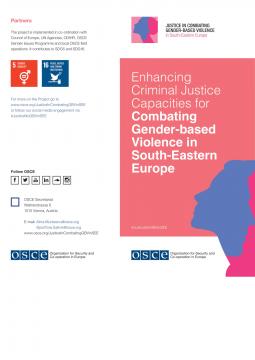Are you prepared for the upcoming shifts in public procurement within Peru? The year 2025 brings significant changes to the landscape of government contracting, impacting both suppliers and citizens alike.
The Organismo Supervisor de las Contrataciones del Estado (OSCE), the very body overseeing public contracts, is undergoing a transformation. The organization’s comprehensive strategic vision, encapsulated in the Institutional Strategic Plan (PEI) 2024-2027, is the driving force. This plan, ratified by Resolution N° D000069-2024-OSCE-PRE, explicitly aims to Modernize Institutional Management. This objective underscores the ongoing efforts to streamline and enhance the efficiency of public procurement processes.
The shift toward the new Organismo Especializado en Contrataciones Públicas (OECE) heralds a new era. The OECE is slated to replace the OSCE, marking a critical juncture in the evolution of public contracting in Peru. This transition is not merely cosmetic. It signals a comprehensive overhaul designed to improve the efficacy, transparency, and accountability of how the government procures goods, services, and works. The new legal framework and its corresponding regulations, as mandated by law, are scheduled to take effect on April 22, 2025, according to the final twenty-ninth complementary provision of the law.
To ensure preparedness, stakeholders must familiarize themselves with the core principles and regulations governing public procurement. The forthcoming changes will fundamentally reshape how businesses engage with the government, demanding a thorough comprehension of the updated legal requirements and procedural guidelines. This includes a clear understanding of the updated thresholds for various selection procedures, such as public bidding, public contests, simplified adjudication, electronic reverse auctions, selection of individual consultants, price comparisons, and direct contracting. Staying abreast of these critical details is essential for successfully navigating the procurement environment.
The cornerstone of this reform is the Plan Anual de Contrataciones (PAC) for 2025, a crucial document for both suppliers and the general public. According to Article 15 of the Unified Ordered Text of Law No. 30225, the Law on State Contracting, the PAC outlines the planned public acquisitions for the fiscal year. It provides transparency by detailing the goods, services, and works that the government intends to procure, fostering informed participation in the procurement processes. The annual plan allows vendors to strategically align their offerings with government needs, thus, enhancing their opportunities.
The digital realm is also playing an increasingly vital role. The open contracting data standard (OCDS) is at the heart of increased transparency, and the portal, Portal de Contrataciones Abiertas de la Compra Pública de Perú, is the place to go. This portal presents processed data from key sources, including the SEACE systems (V3, V2, and V1), that adhere to the OCDS.
Furthermore, a critical aspect of this evolution is the updated schedule for the upcoming year. The document Topes de los Procedimientos de Selección y Calendario para el Año 2025 is essential. It encapsulates key dates and deadlines, including national holidays. This document will be indispensable for suppliers as they plan their engagement strategies. It allows the public and businesses to anticipate bidding timelines and submission windows.
Another key factor is the Plan de Comunicación del Organismo Supervisor de las Contrataciones del Estado - OSCE for 2025. This document serves as a vital management instrument, designed to align with the strategic goal of modernizing institutional management. It is built around the objectives defined in the Institutional Strategic Plan (PEI) of the OSCE for the years 2024-2027. This shows the government’s ongoing commitment to transparent governance and effective dissemination of information.
The document Topes 2023 provides the values for each selection procedure. The document details the minimum and maximum amounts for public bidding, public competition, simplified adjudication, electronic reverse auction, selection of individual consultants, comparison of prices, direct contracting, and so on.
The Compendios (compendiums), published in the official newspaper El Peruano, offer an organized insight into recent developments. These resources provide comprehensive documentation on recent changes to Peru's public procurement. With the First Final Supplementary Provision of Law No. 32187, the Public Sector Debt Law for Fiscal Year 2025, in effect from January 1, 2025, with the exception of Article 16, the Second Final Supplementary Provision, as well as.

